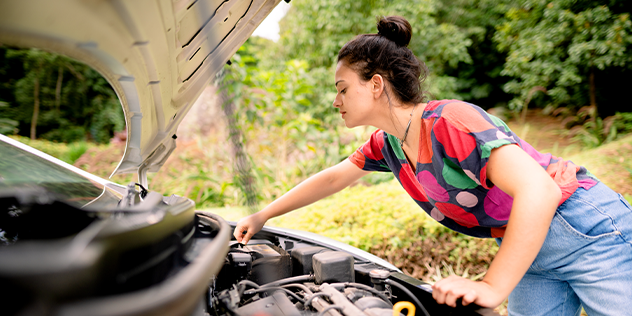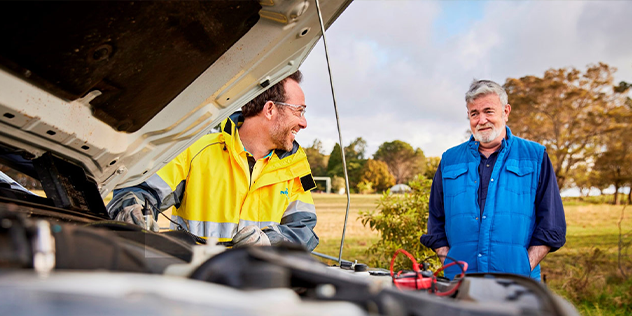
Many factors determine a battery’s lifespan, which may be substantially shorter or longer than the warranty provided or the statistical average. A mechanical or auto-electrical problem, for instance, can drain a battery in a matter of days or hours. If a car’s accessories are left on (i.e., the stereo or air conditioner is drawing power while the engine is not running) for an extended period, that can deplete the battery quickly. Leaving a car unused for a long time or only ever taking it on short trips (see below) can also reduce a battery’s longevity.
Conversely, some batteries – especially if they are cared for and properly maintained – can continue to function perfectly for months or years after the warranty has elapsed. There are reports of the batteries in early Toyota Camry Hybrids (which frequently served as taxis) lasting well beyond the eight-year/100,000km warranty period.
Not so long ago, most car batteries were largely the same, but as cars have become more complex, so have the batteries they need. A car with a fuel-saving engine stop/start system, for example, requires an absorbent glass mat (AGM) lead acid battery, which is different to the calcium batteries found in regular cars.
Also, not all batteries are created equal. A good example of this is the ‘cold cranking amps’ or CCA rating. As temperature drops, so does a battery’s efficiency. The CCA rating indicates how many amps a 12-volt battery may support for 30 seconds at minus 17.8ºC (0ºF) before the voltage drops to at least 7.2 volts per cell. This matters if you live in a cold climate, because a battery requires 150 per cent more power to start a car in 0ºC temperatures than it does if it’s 27ºC. The lower the temperature, the more power required. So, a higher CCA number is better.
The CCA rating is also a fair guide to a battery’s quality. A high-CCA battery will typically last longer, although that’s not as important in warm conditions. The reserve capacity (RC) rating is a good indicator for a typical Aussie climate – again, the higher the number, the better.
Many modern cars have a proximity key, which communicates with the car within a certain range, allowing keyless entry and start, among other functions. When they key fob enters detectable range, the car is essentially ‘on’ and preparing for action. This draws a small amount of power from the battery, which isn’t an issue if you’re about to start the car’s engine. But if the key fob is left too close to the car (say inside the cabin or on a shelf in the garage), this ‘readiness mode’ can draw power for hours and ultimately lead to a flat battery.

Your car’s alternator is effectively a magnetic coil powered by the engine, and it directs current into the battery to maintain its charge (which is why a faulty alternator is a common cause of flat batteries). If your car has been standing idle for a long time, driving it for around 30 minutes can help replenish the battery, but if the battery’s gone completely flat, jumpstarting your car and driving around will not fully recharge it. This practice also puts strain on your car’s charging system, which can lead to other problems.
Your best options are to use a proper DC battery charger (if the battery is relatively new) or to replace it (if the battery is getting on in years). If you have a car that stands idle for long periods, such as a classic car you seldom drive, a trickle charger can ensure the battery is alive and ready for that car show or weekend run.
While maintenance-free batteries don’t need to be topped up with water like conventional car batteries, it’s still important to check terminals for grime or corrosion, as regular care can help the battery perform better and extend its life.
Your car’s alternator recharges the battery as you drive (see above), but anything under 20 minutes won’t add much energy. Only driving short distances means the battery is drained with each start and doesn’t get properly replenished. This usually doesn’t pose an immediate problem, but means the battery could run flat much sooner than it would otherwise.

The NRMA can deliver a replacement battery 24 hours a day, and members get $90 off the price of the battery and installation.
The driver will even take the old battery away for recycling. Call 1300 906 479, put in a request it on the My NRMA app, or visit mynrma.com.au/roadside-assistance/car-batteries.